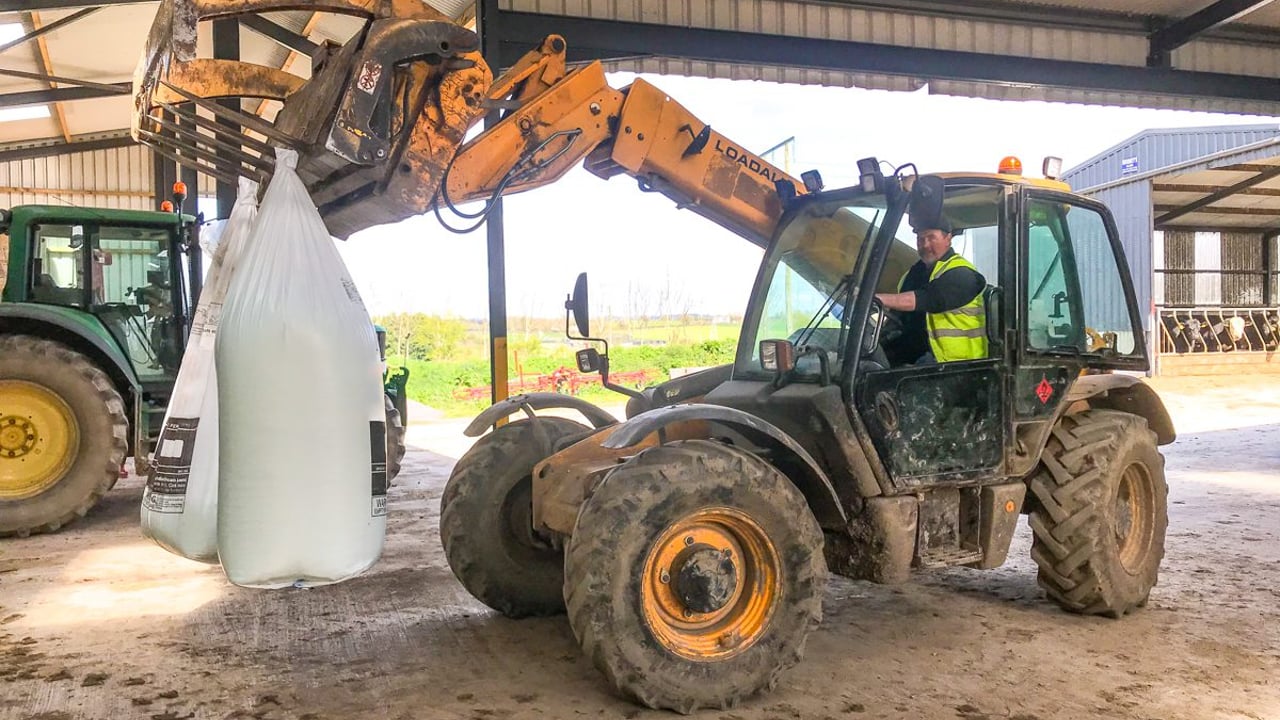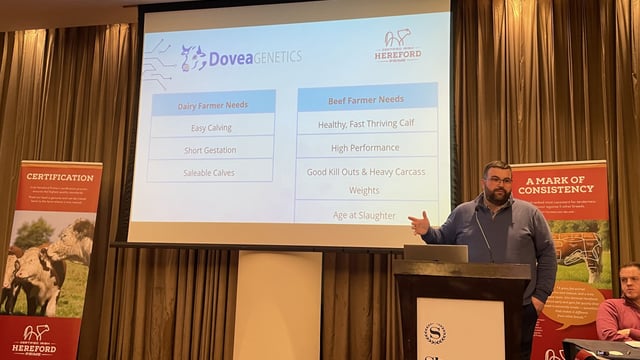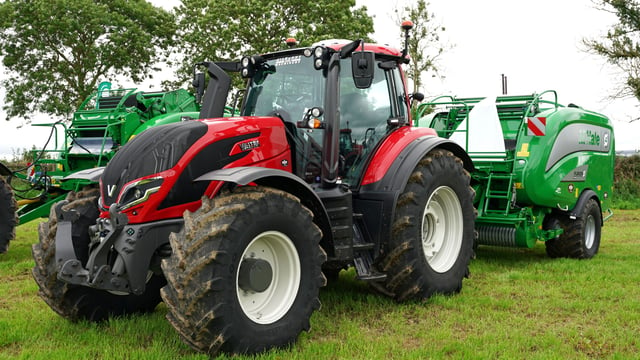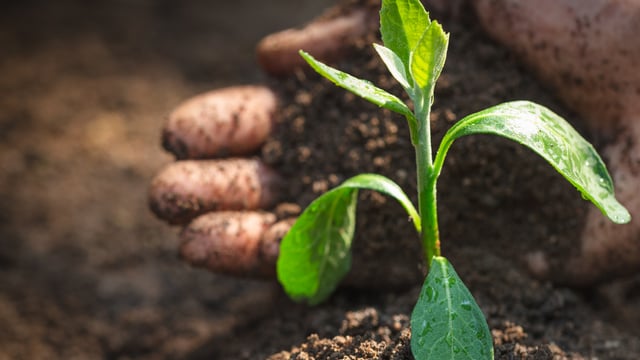When should you start going out with compounds and sulphur?
Soil temperatures are slow to rise with colder conditions experienced overnight, but as the spring progresses, compounds and sulphur (S) will have to be factored into fertiliser plans.
Many farmers will have already applied a good amount of nitrogen (N), with many splitting their nutrient application across February and early March to get a better response in grass growth.
The aim should be to have at least 60 units of N/ac spread across the milking platform by the end of March for farms that are heavier stocked.
However, the next application of fertiliser should be considered as getting compound fertiliser out on ground that got no slurry could be beneficial, and for paddocks that received slurry, an N and S product is advised.
In 2024, Teagasc analysed 21,093 soil samples from dairy farms across the country and of these, only 24% of soils were optimal for pH, phosphorus (P), and potassium (K).
Of these soils, 61% of soils had a pH of over 6.2, while 37% of soils had a P index of one or two, and 38% of soils had a K index of one and two, which shows us that there needs to be a bigger emphasis put on getting out P, K, and lime.
Soil samples should be up-to-date in order to complete an accurate nutrient management plan to apply P, K, and lime where it is required.
Lime should ideally be spread in autumn as applying it now is not the best idea considering it will take three months before you can spread slurry or fertiliser after lime application.
However, at this time of the year N, P, and K are all required to maximise growth rates throughout the summer.
If there is a P allowance on the farm, the next application of fertiliser should be a compound like 18-6-12 as the middle of March is when you want to build up the low P index soils.
Every 1,000 gallons of cattle slurry with a 6% dry matter (DM) applied per acre equates to a bag of 9-5-30 when applied using low emission slurry spreading (LESS) and is worth €28 per 1,000 gallons.
This slurry would have been targeted on low index soils in early spring on many farms which are using it to great effect and getting the best out of its value.
Sulphur has a huge role to play in getting the best use of your nitrogen during the growing season as it increases the nitrogen use efficiency, grass N uptake, and grass yield while reducing N leaching.
If sulphur is spread between March and July during the main grazing season, studies have shown that up to 2.5t/ha of extra grass growth can be achieved.
Sulphur level recommendations are 20kg/ha per year on grazing ground and 20kg/ha per each cut on silage ground.
The timing of nutrients is as follows:
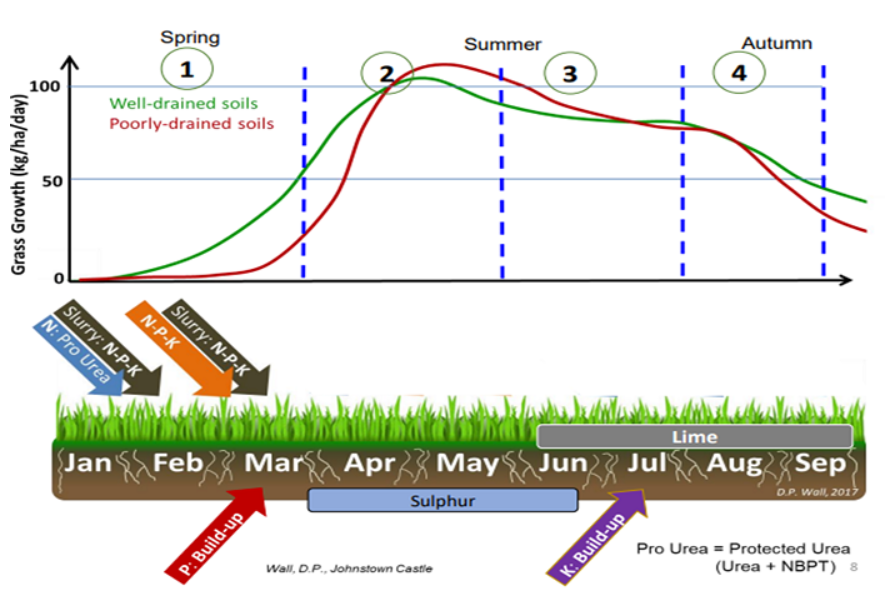
When it comes to getting out K, farmers should target K applications towards the latter end of the grazing year, typically from August onwards when growth is slowing down and the risk of grass tetany is reducing.
It is crucial to get out K in the back-end of the year in order to improve your low K soils to build them up to index three as doing this can result in an extra 1t of grass DM/ha.
Spreading one bag of muriate of potash (MOP) (0-0-50) per acre has the ability to build the soil up one full index which can be hugely beneficial for building covers in the back-end.
Farmers who opened the grazing season this year with a poor average farm cover should have it in mind to spread MOP in the back-end and to spread lime on paddocks with a low pH.

